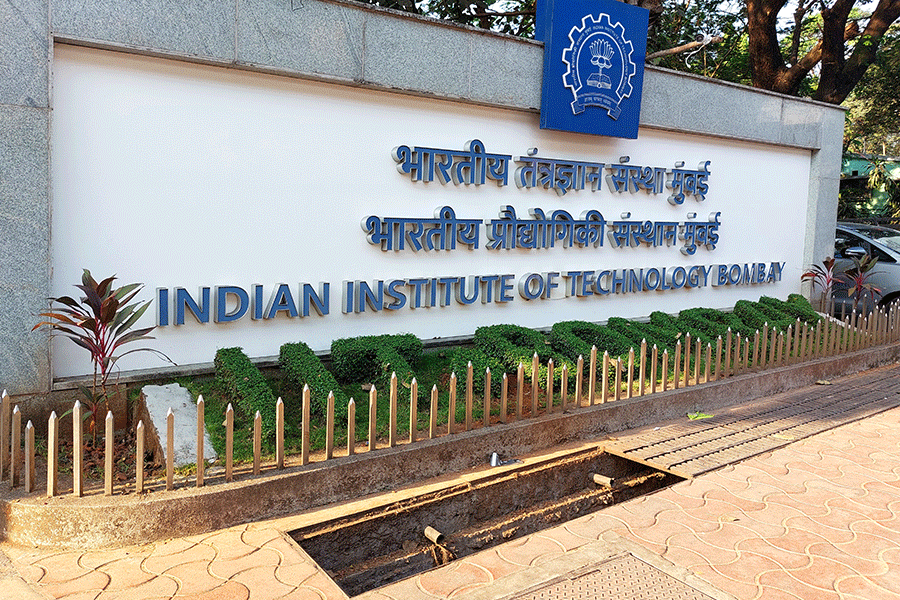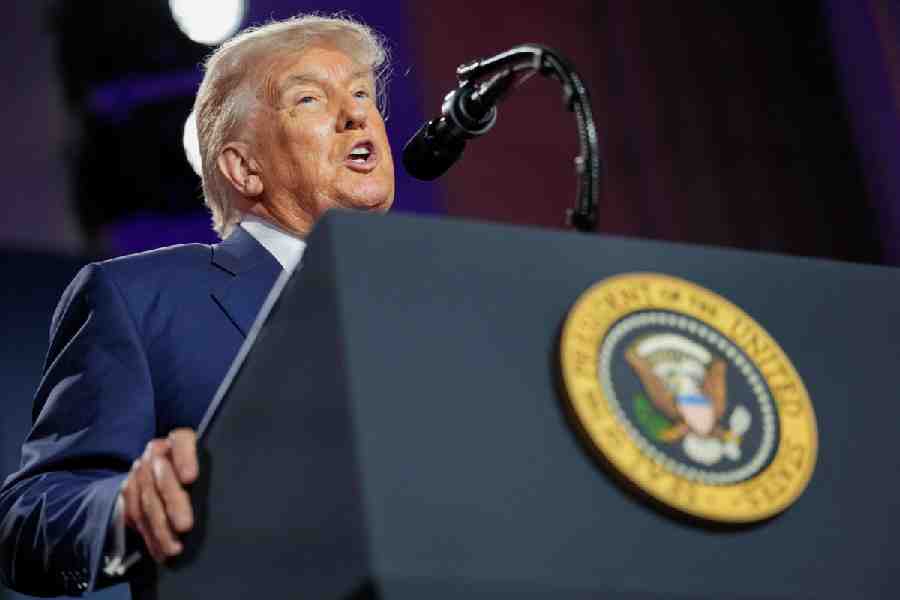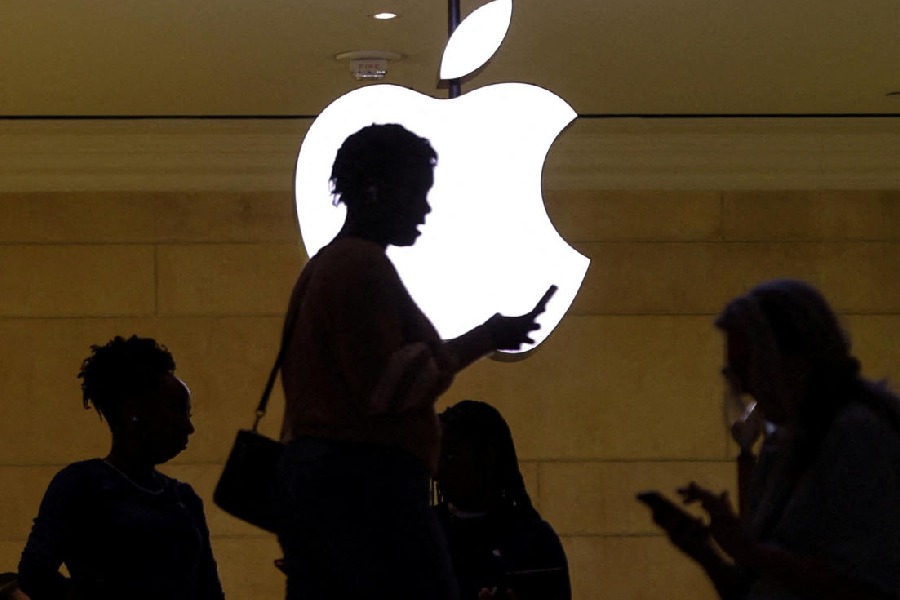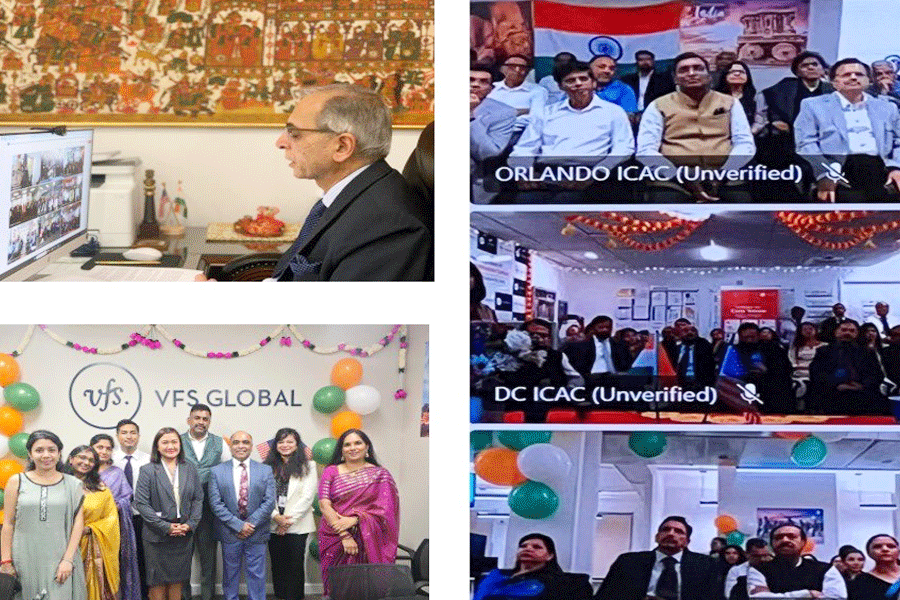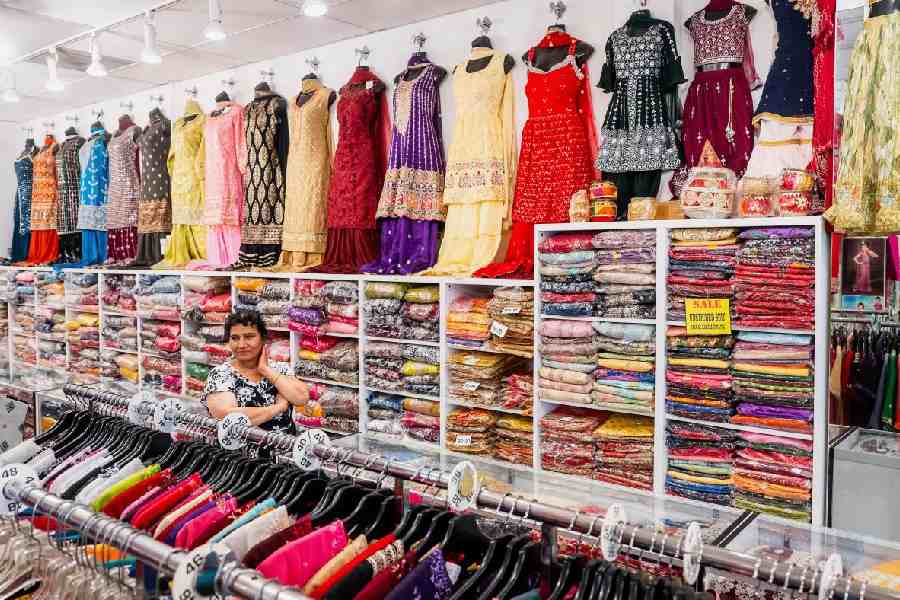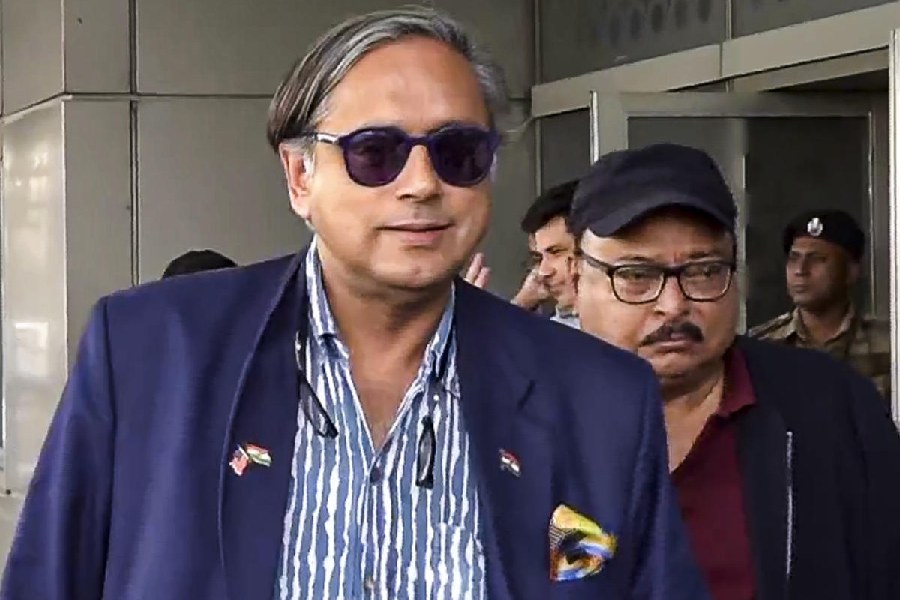The banned two-stroke autos have made a comeback, with the government allegedly dropping its guard to win over the affected operators before the civic polls.
The polluting three-wheelers that were banned more than a year ago are now most visible on the city fringes — on the Taratala-Thakurpukur, Tollygunge Phari-Kabardanga, Tollygunge Phari-Garia and the Jadavpur-Garia routes, as well as in Tollygunge, Budge Budge, Nagerbazar and Dum Dum.
“The cops had launched a massive crackdown that forced us to scrap our old autos and buy new LPG ones. The banned autos are now back in force but the cops are looking the other way. Its frustrating for us who had abided by the government directive,” said Mohammed Shamim, an auto driver on the Taratala-Jadavpur police station route.
According to Shamim, the number of banned vehicles is rising as the civic polls are drawing closer. “The government seems to have suspended the crackdown keeping an eye on the elections,” he said.
Tarun Maji, who plies an auto on the Tollygunge-Behala Sakherbazar route, said the union leaders had asked the drivers to keep their two-stroke autos in a safe place and wait for the heat to die down.
“Those who did not believe them bought new autos. But we kept faith on our leaders and now no one stops us from plying two-stroke autos,” said Maji.
The entire fleet of two-stroke autos runs on katatel, a lethal mix of polluting fuels. “The katatel dens in Santoshpur, Kabardanga, Behala Gholsapur and Chanditala, which had been closed down following the enforcement of the ban, have resurfaced over the past few months,” said another auto driver who did not want to be named.
Transport minister Ranjit Kundu admitted that the crackdown had lost some steam but refused to link it to the upcoming polls. “It is not possible for the police and PVD to sustain the drive for months on end. But we do conduct surprise checks,” said Kundu.
The minister agreed that a “few two-stroke” autos were still plying on the fringes and urged people not to be blind to the “humanitarian” and “logistical” aspects of the problem. “The drivers are poor people and there are very few LPG filling stations…. We have to take a balanced approach.”





